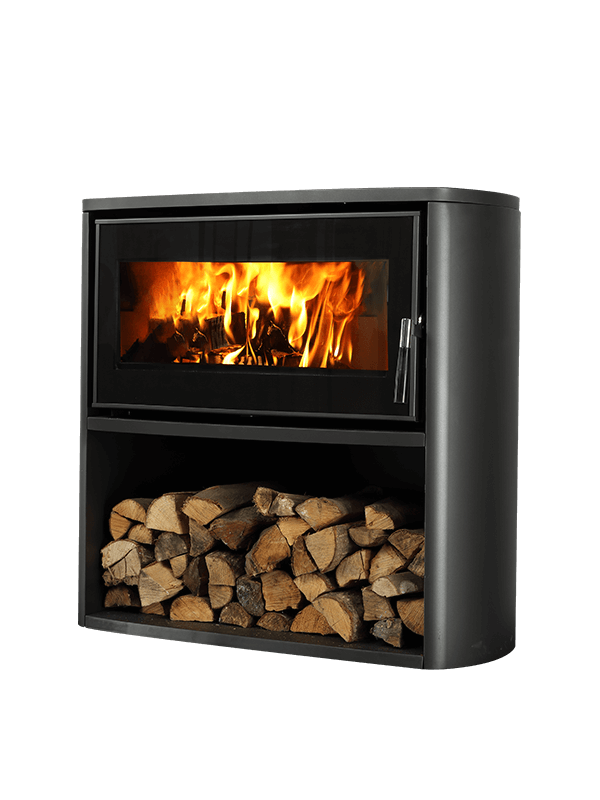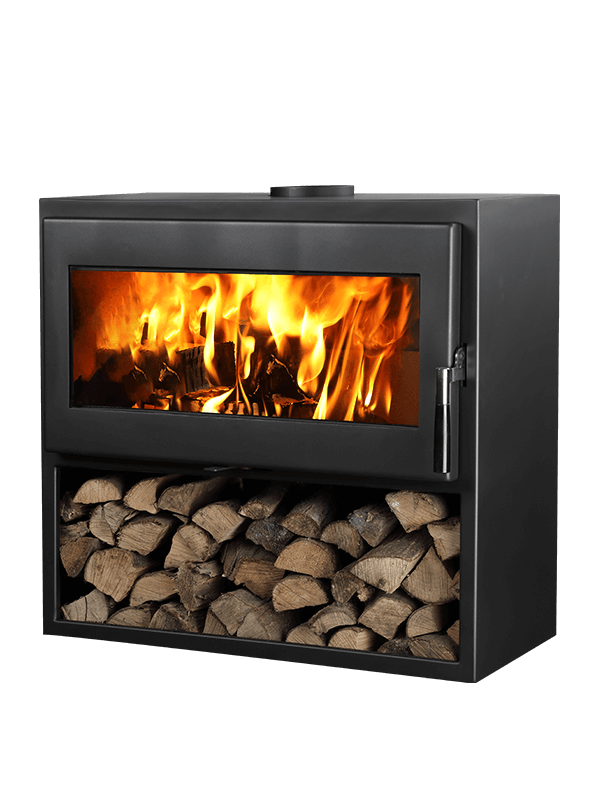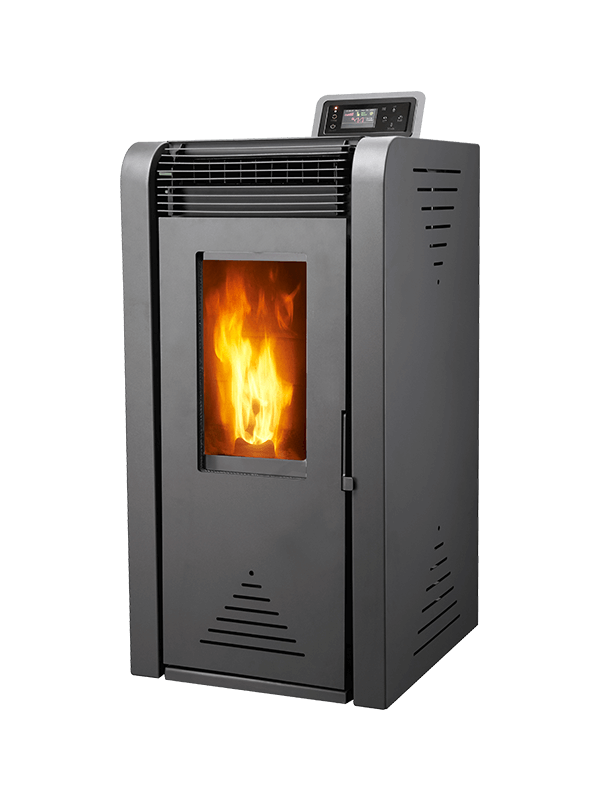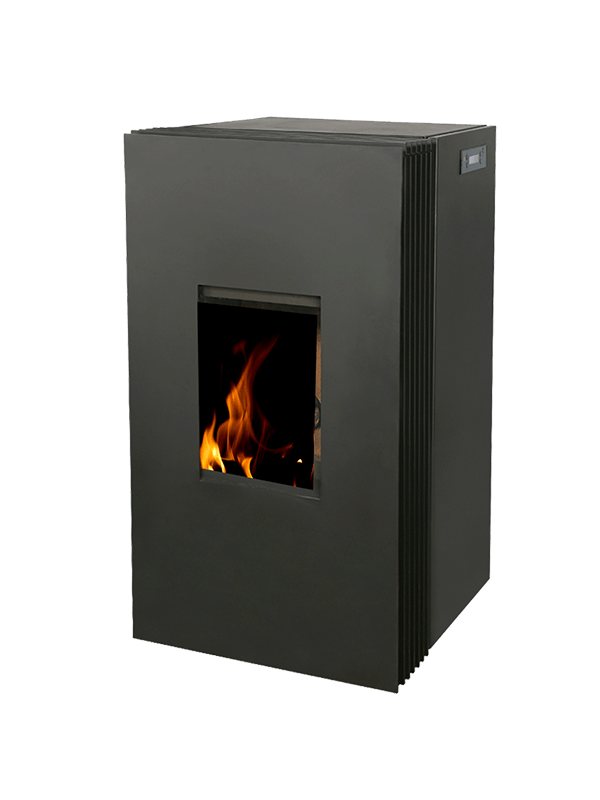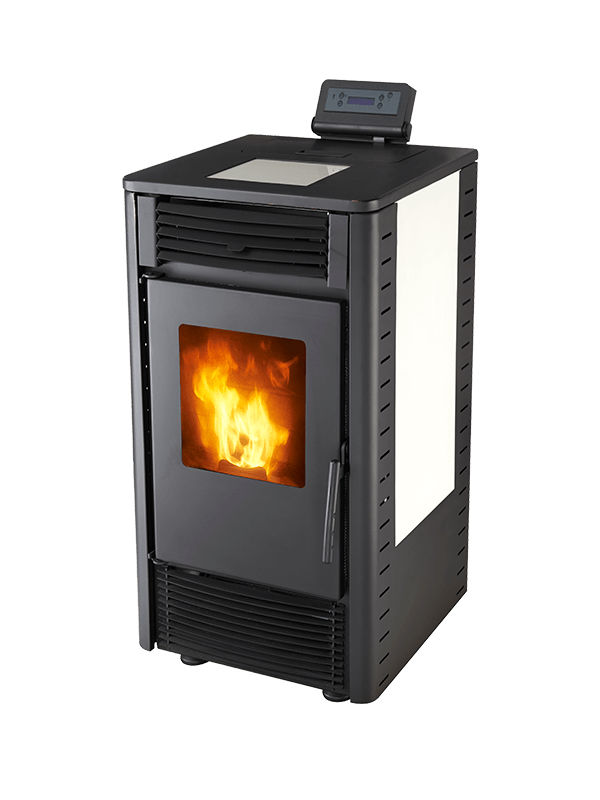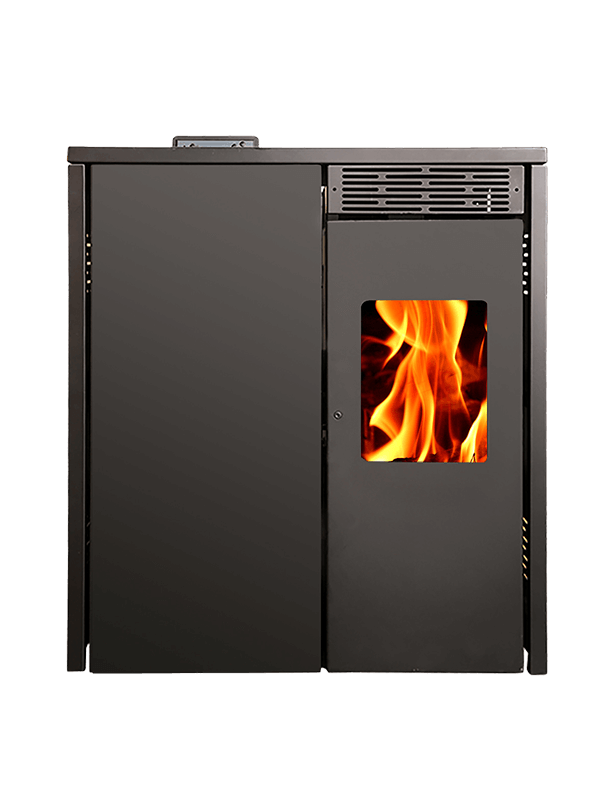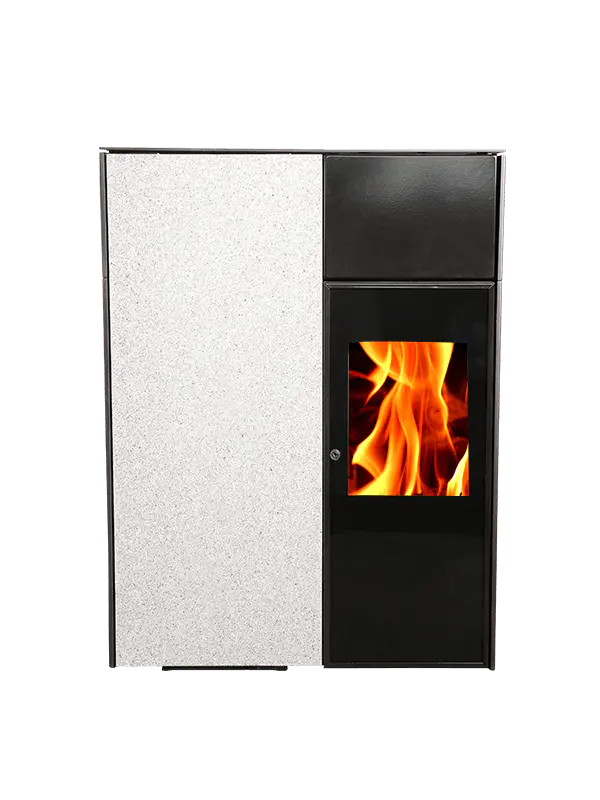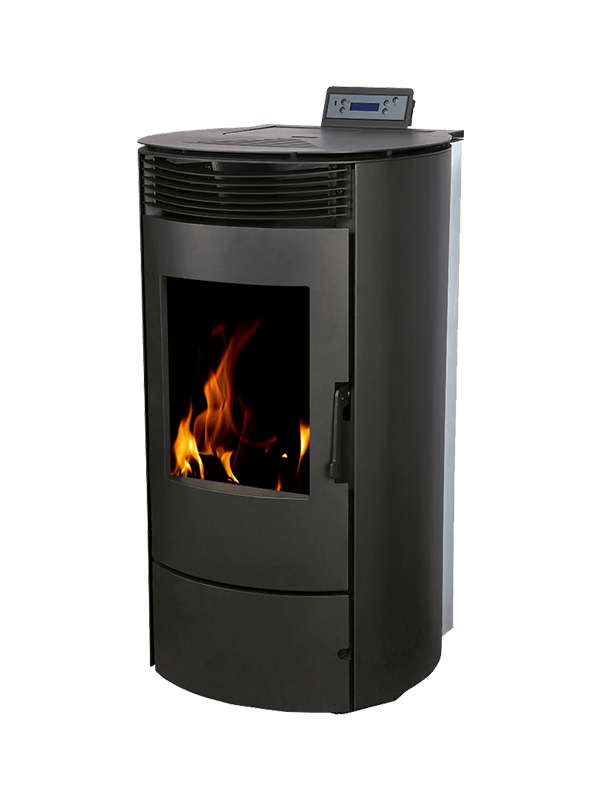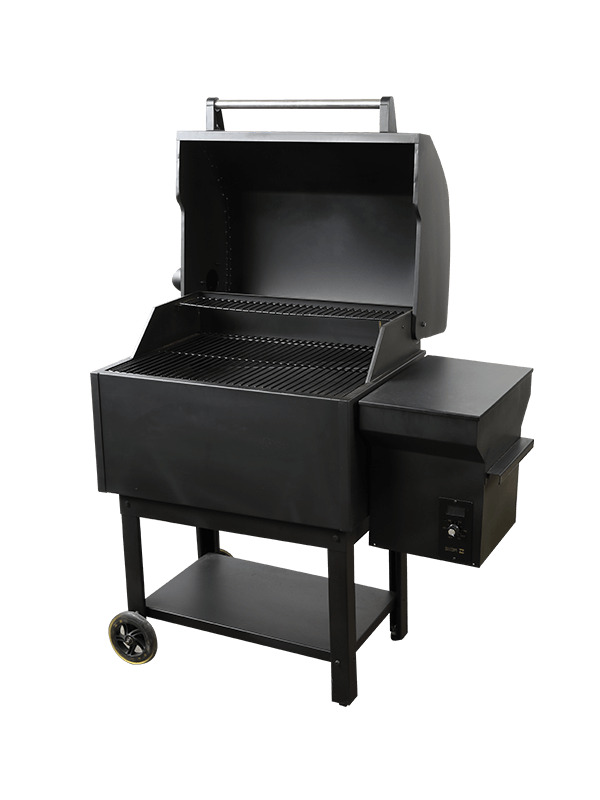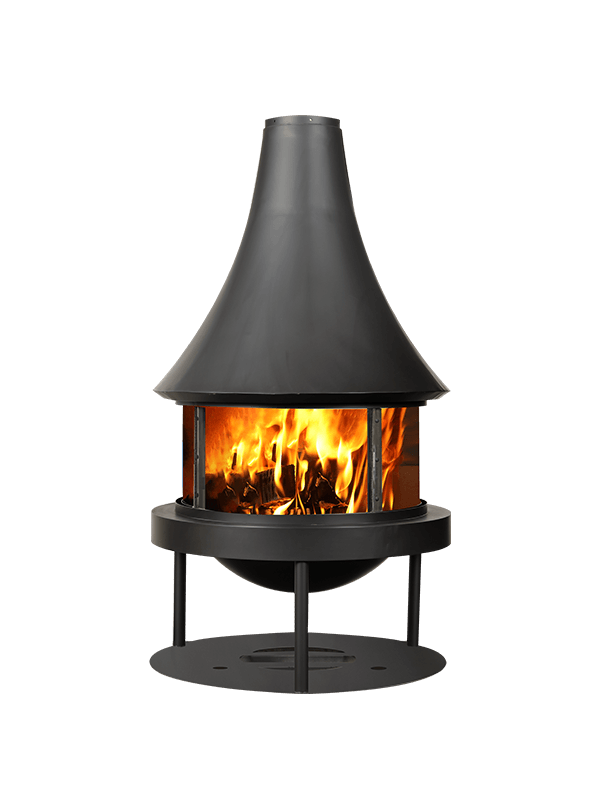A Wood Burning Fireplace is a great way to save money on heating costs and create a warm and inviting ambiance in your home. There are several types of wood fireplaces available, each with different features. Some are freestanding, while others are built-in. The best choice for your home will depend on the size of the room you plan to use the fireplace in.
Wood burning fireplaces are not very complicated to use and require very little maintenance. You only need to scoop out the ashes after the fire, but the ashes can also be used in other ways. To make sure that your fireplace is working properly, follow these simple steps to get started. When you first start using your new fireplace, it will be important to read the manual to see if there are any specific recommendations.
The most common type of wood burning fireplace is a masonry firebox. Some are outfitted with special metal inserts that help burn the wood more cleanly and efficiently. In addition, some models have fans to help circulate the air inside the firebox. This type of fireplace can be a great choice for those with limited space or want to add an extra layer of warmth to their home.
In addition to being environmentally friendly, a wood burning fireplace is also great for saving money on heating costs. During a power outage, your fireplace can still provide heat, as it can radiate heat throughout the entire home. But before investing in a wood burning fireplace, make sure you have a supply of dry firewood stored in your home.
EPA-certified wood burning fireplaces are different from wood stoves, but they have some common features. EPA-certified units have stringent emission standards and release less particulate matter into the air. EPA-certified wood fireplaces can also be used as decorative pieces in your home, compared to other types of wood fireplaces.
When choosing a wood burning fireplace insert, consider the size and shape of your existing fireplace. Many manufacturers specify the size of the opening and the depth that their fireplaces should have to heat efficiently. In addition, check whether the back of your fireplace slopes forward. If so, you should choose a wood burning fireplace insert that has an appropriate depth.
A wood burning fireplace also requires less maintenance than a gas fireplace. Natural gas prices have dropped in recent years, but they are still more expensive than wood-burning fireplaces. In addition, gas fireplaces are safer and easier to use. They are also more appealing. However, gas fireplaces can be an excellent choice for your home.
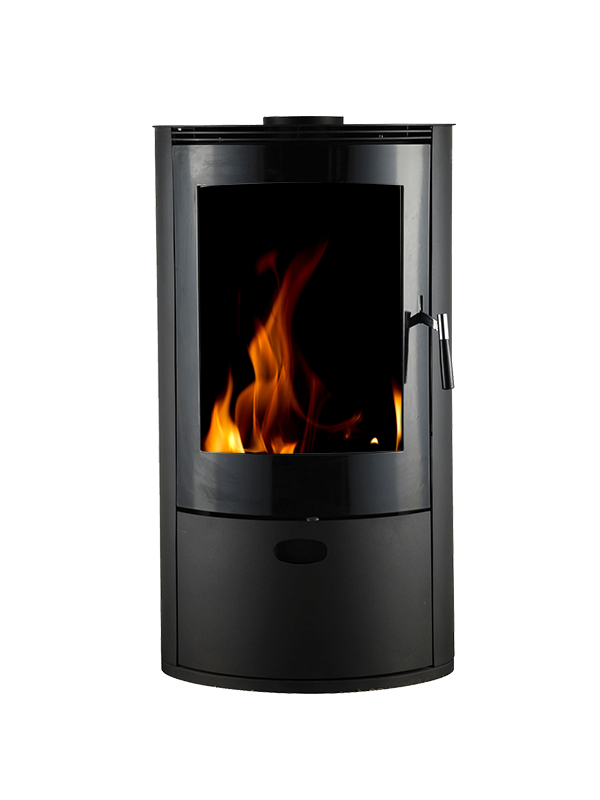
Nominal heat output: 8KW
Heating type: Radiant
Fuel: Wood logs
Material: carbon steel, cast iron grate, ceramic glass(NEG or Schott brand), high temperature resistant paint(Forest brand)
Firebox material: carbon steel, vermiculite panels
Primary air: Yes
Secondary air: Yes
Tertiary air: Yes
Ashpan: yes
The wood-burning stove should be installed in rooms with sufficient airflow, which is required for the combustion.
Not every wood-burning stove could be connected to any chimney. Before assembling the wood-burning stove, check if the static pressure and the chimney dimensions conforms to the needed parameters for the wood-burning stove. If the woodburning stove does not conform to the chimney, it will lead to a lower burning rate and polluting the glass with soot.
The floor, where the wood-burning stove is placed, should be flat and horizontal, made of non-combustible materials (mosaic, marble, terracotta, etc.). If the floor is not heat resistant (carpets, linoleums or others of the same kind) a stable, non-combustible platform should be used, made of steel, glass or stone plates.




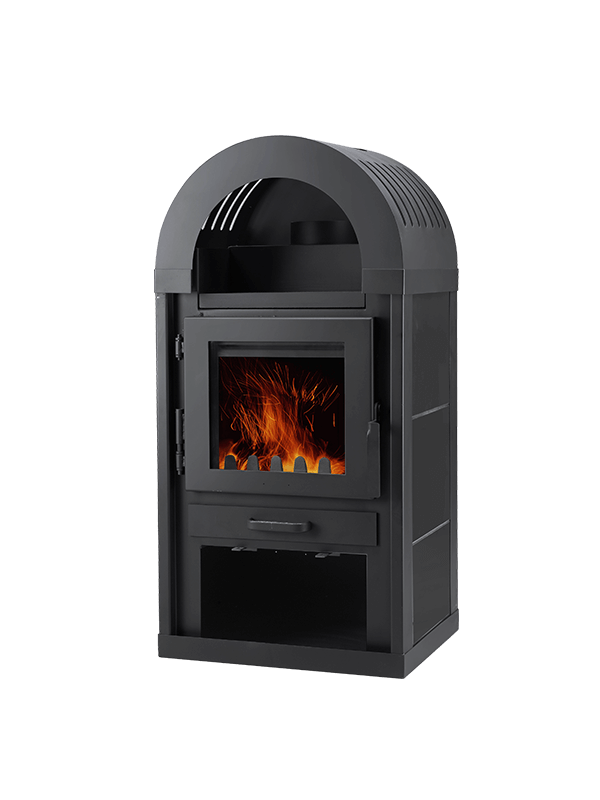
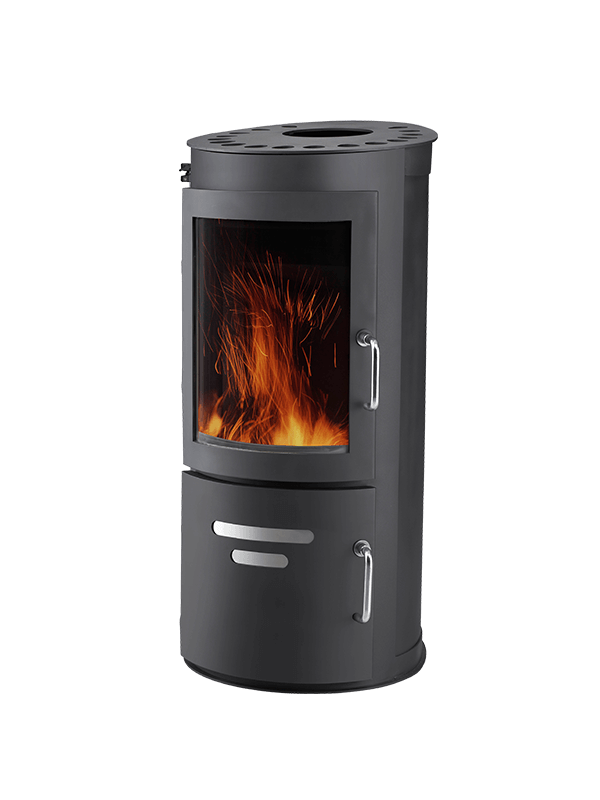
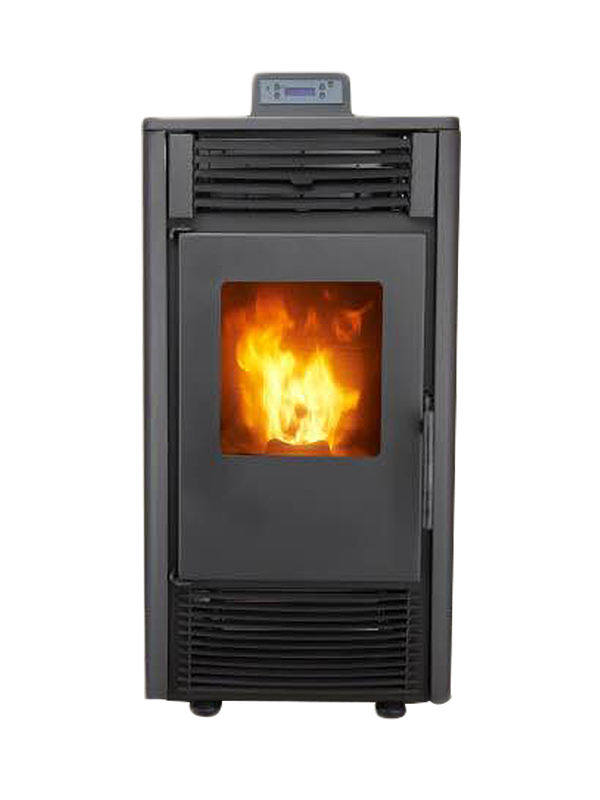
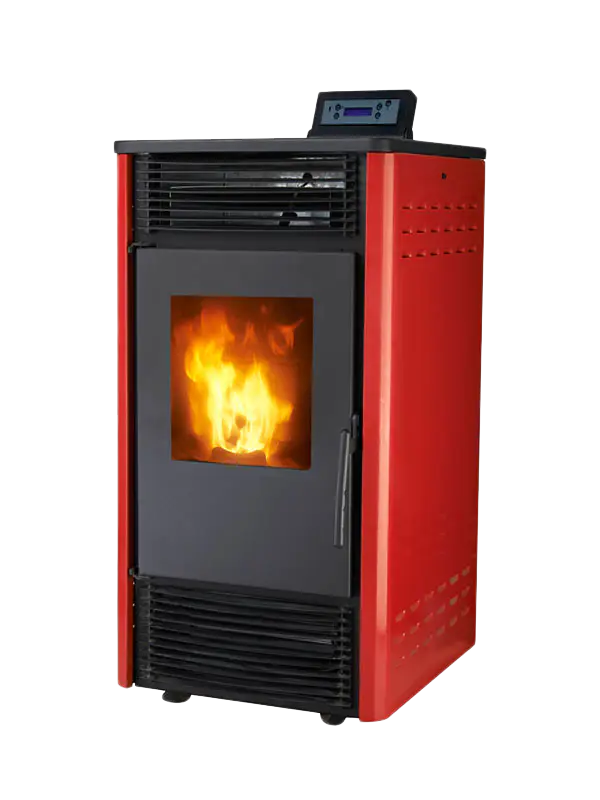
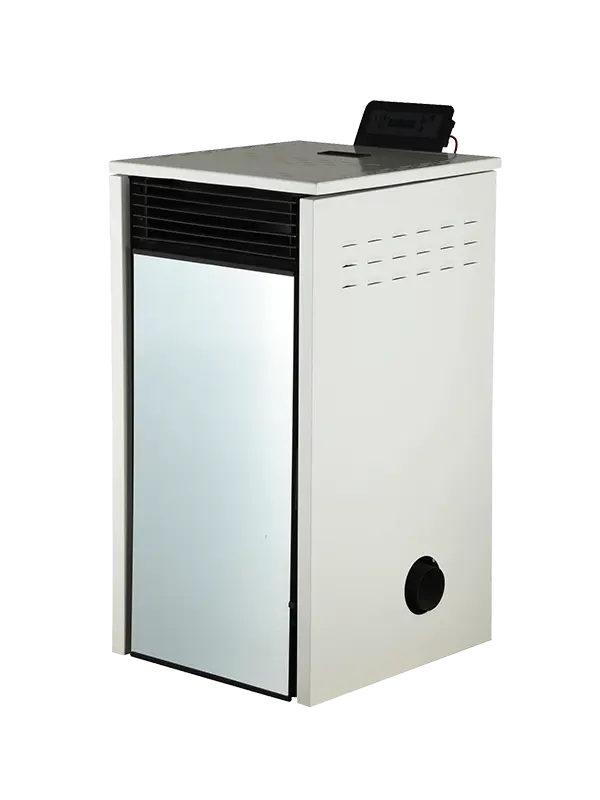
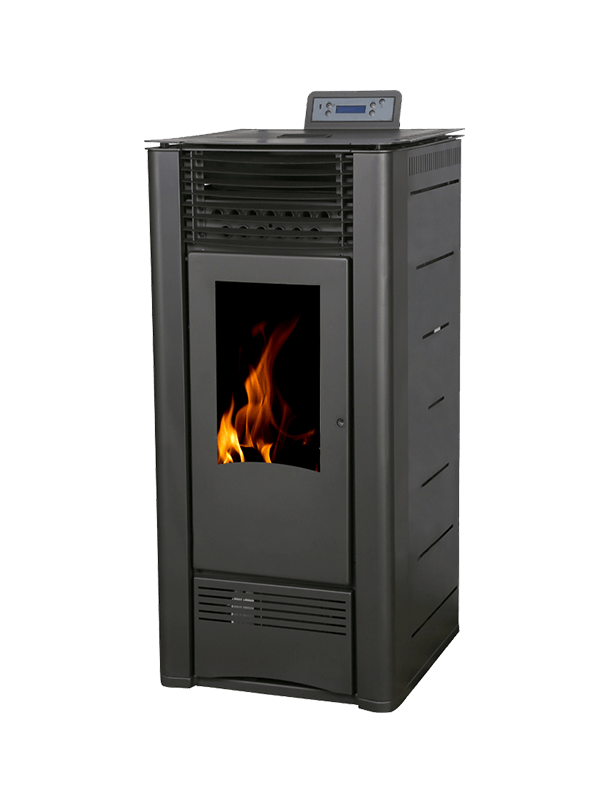
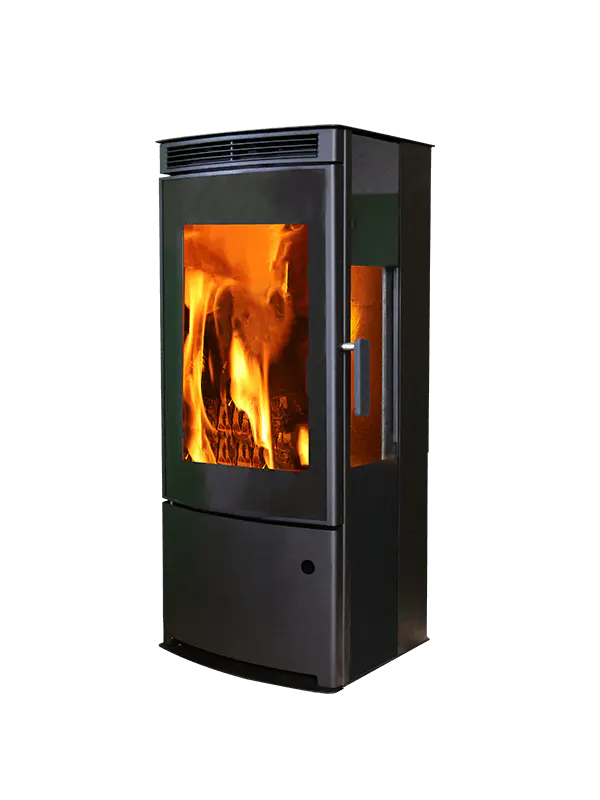
-.png)
